Red Light therapy is a technology that uses light waves of a specific wavelength to stimulate cellular processes, promoting wellbeing and healing.
If you think RLT and Infrared Sauna are the same thing, it's like comparing apples with oranges! So fast your seatbelt and let us explain these two different healing methods to you.
First of all, you have to understand that the light emitted by the two devices is not the same, the difference lies in the wavelengths that the lights are able to transmit. Remember that these are mainly responsible for the functioning of the therapeutic devices and hence the beneficial effect on the desired area.
RLT is defined as therapy that stimulates the cells of the human body with wavelengths that are between 600 nm and 850 nm, while Infrared Light is characterized by lengths above 900 nm.
The longer the waves, the deeper the light can penetrate, which can be both a positive and a negative thing as we will see later.
Infrared Light can be broken down into three basic components, which are: Far-Infrared, Middle-Infrared and Near Infrared and the latter is closest to the Red Light used as LLLT (Low Level Laser Therapy). Usually an Infrared Sauna consists of all three types of light just mentioned and is therefore able to penetrate deeper than traditional LLLT. So what does it change?
What changes is the ability Infrared Light has to generate heat when it is perceived by your body, which is why Infrared Light Saunas exist. These have the same beneficial effects that RLT has for the human body, such as: Slowing down aging, reducing inflammation, improving skin quality, reducing stress and fatigue,... It also has something more to offer, because it is able to reach the innermost parts of the body, so you can facilitate weight loss or combat particular mental illnesses.

When you enter these particular saunas, which are not the Finnish saunas and Turkish baths, your body does not perceive light but instead perceives Infrared heat, so the IR device basically vibrates molecules and this results in a production of heat that raises your body temperature and consequently stimulates your body to produce sweat and eliminate the harmful toxins you carry inside.
While the Infrared Sauna acts on your entire body surface, Red Light can provide a more focussed and concentrated action directly on the area affected by the therapy.
As you already know, if you have read other NoMore articles, Red Light is such an effective natural therapy method because it does not have an effect on the problem itself, but has an effect on the mitochondria inside the cell, which is considered the beating heart of the cell. By acting on this part of the cell, Red Light is able to stimulate it and thus raises the energy state of the cell itself, so that it can repair itself and heal itself (consult our blog “How red light therapy works?” to dive even further).
Certainly this therapeutic method is less cumbersome than using a Sauna as there are devices such as those from NoMore specifically designed for easy, intuitive use and without risks to your health.
We can conclude by saying that the Infrared Sauna is usually mainly used to sweat, eliminate toxins and improve the body's metabolic functions while RLT is more specific on the pain area bringing concentrated relief where you need it. Both methods bring with them the well-being derived from Red Light Therapy with the exception, however, that for IR, attention must be paid to the time of use as prolonged exposure with those wavelengths may not be recommended if the patient already has tumors, is pregnant or has skin conditions that require gentleness.
[IR] = Infra Red Light
[RLT] = Red Light Therapy

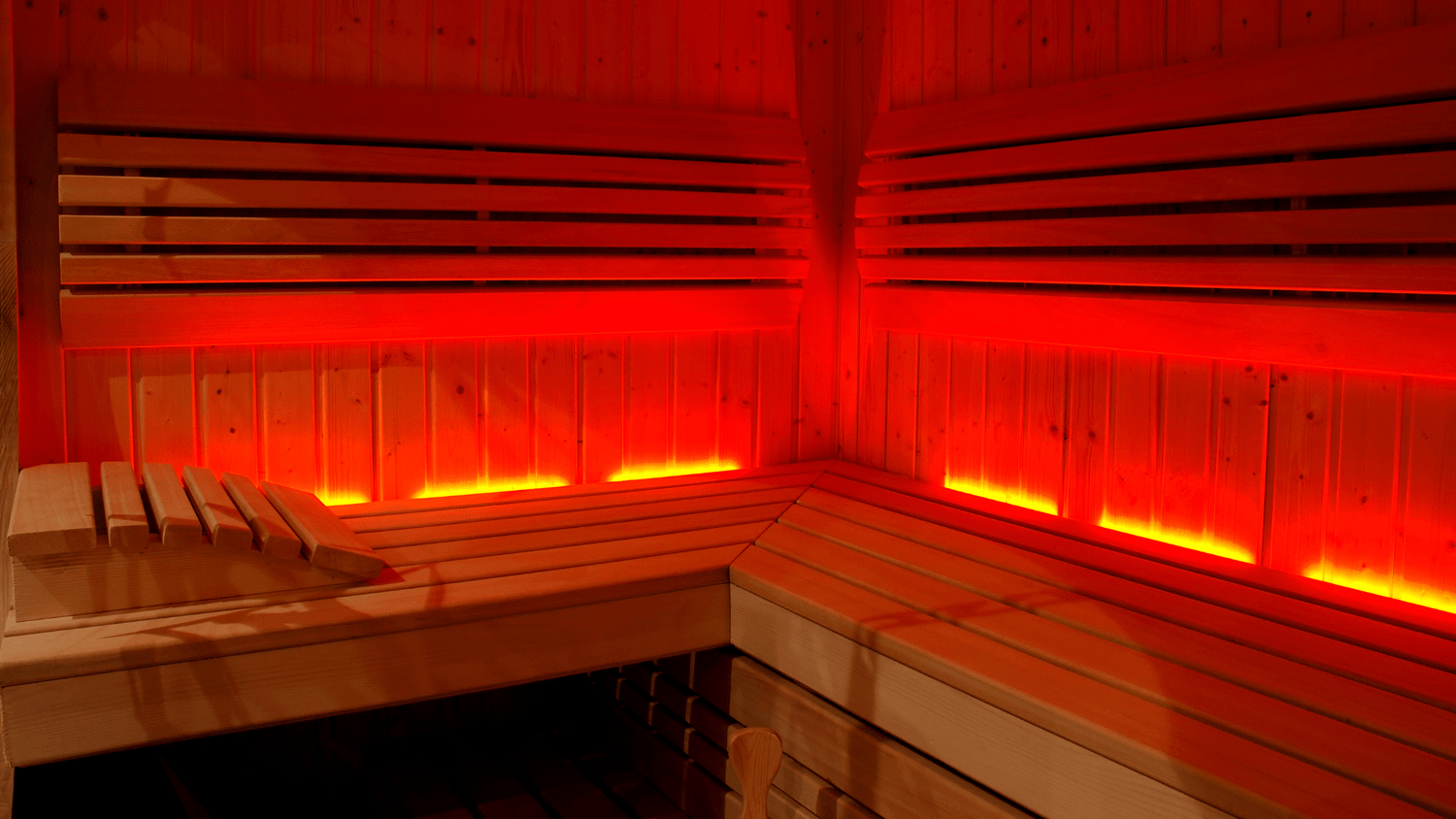
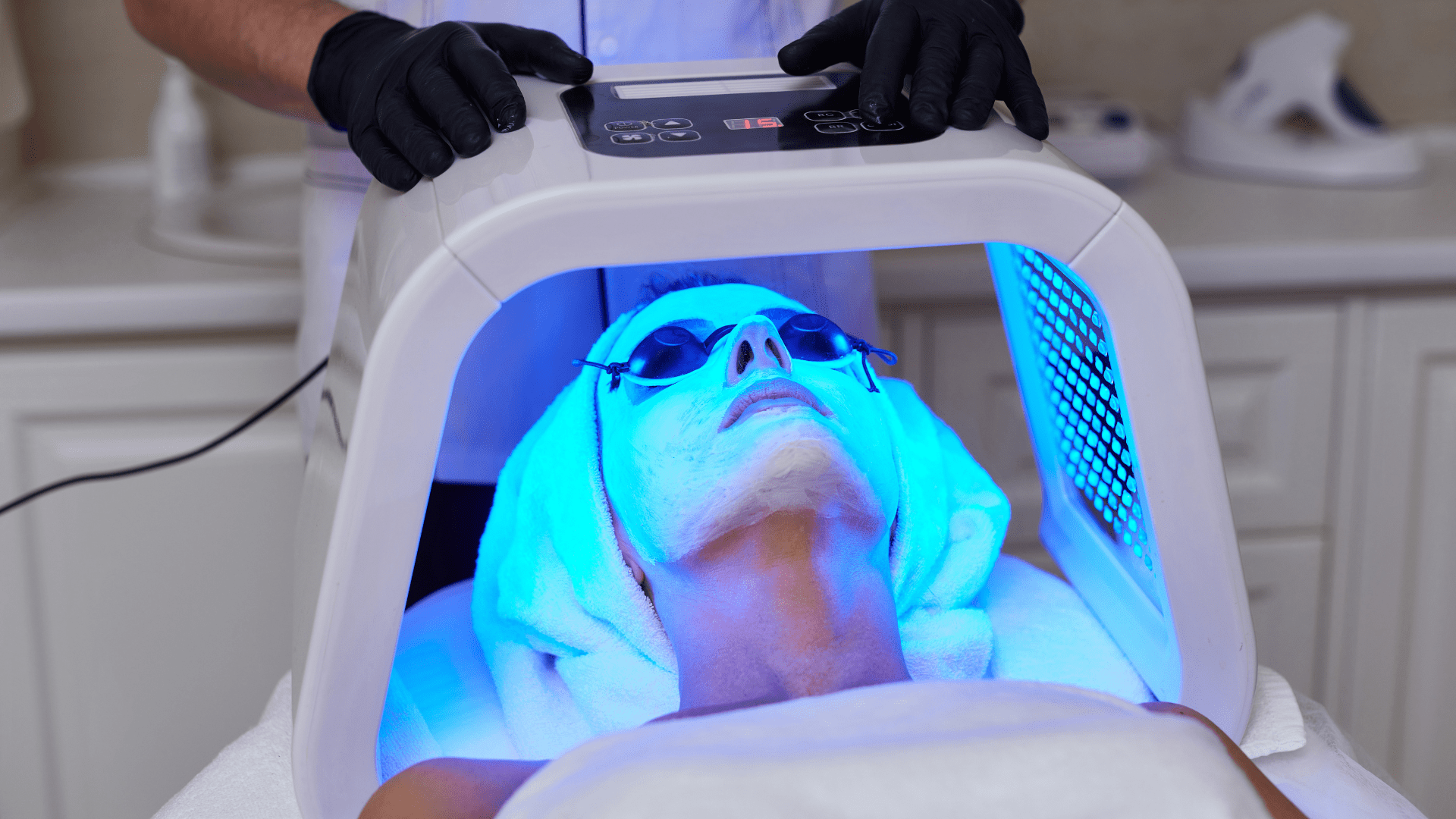



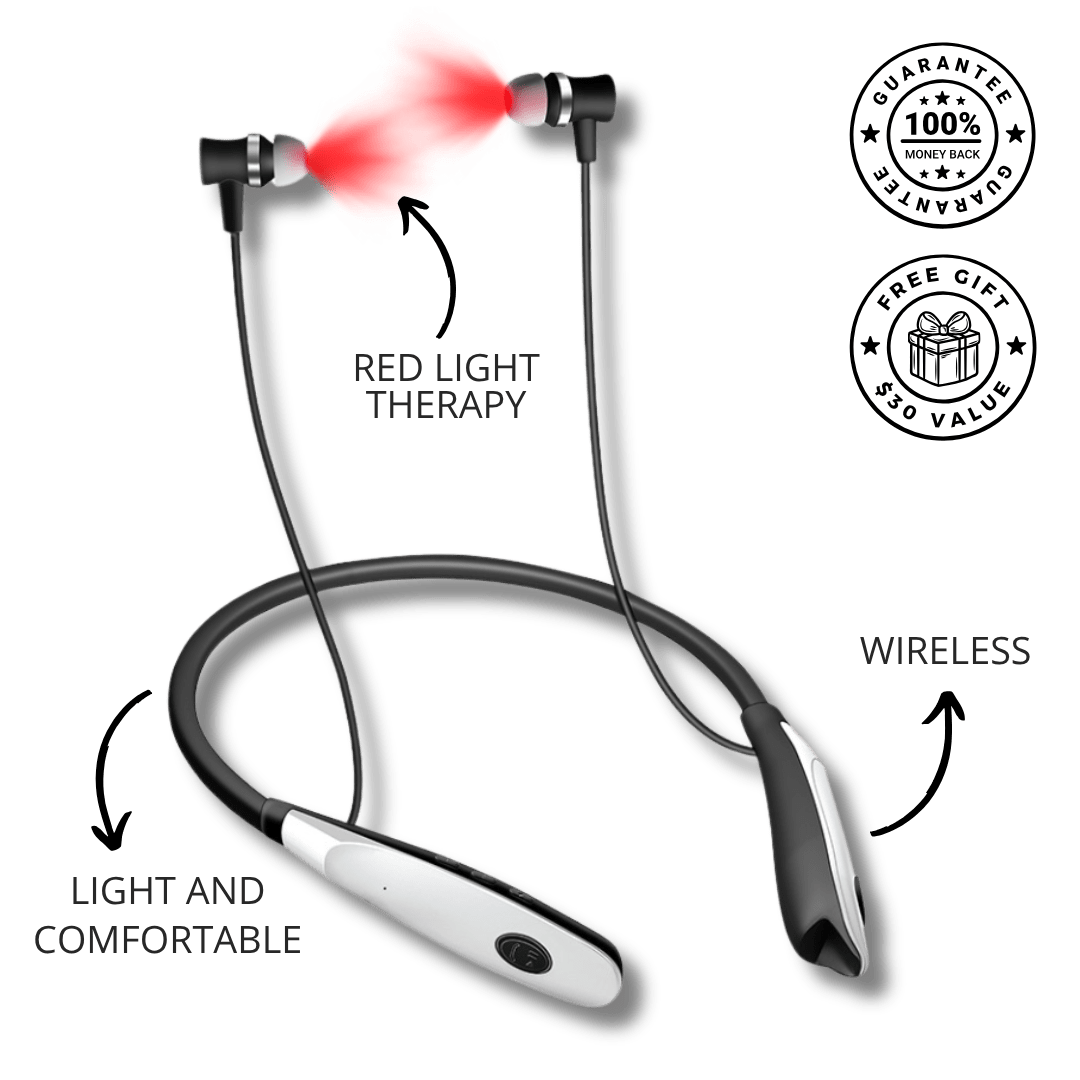
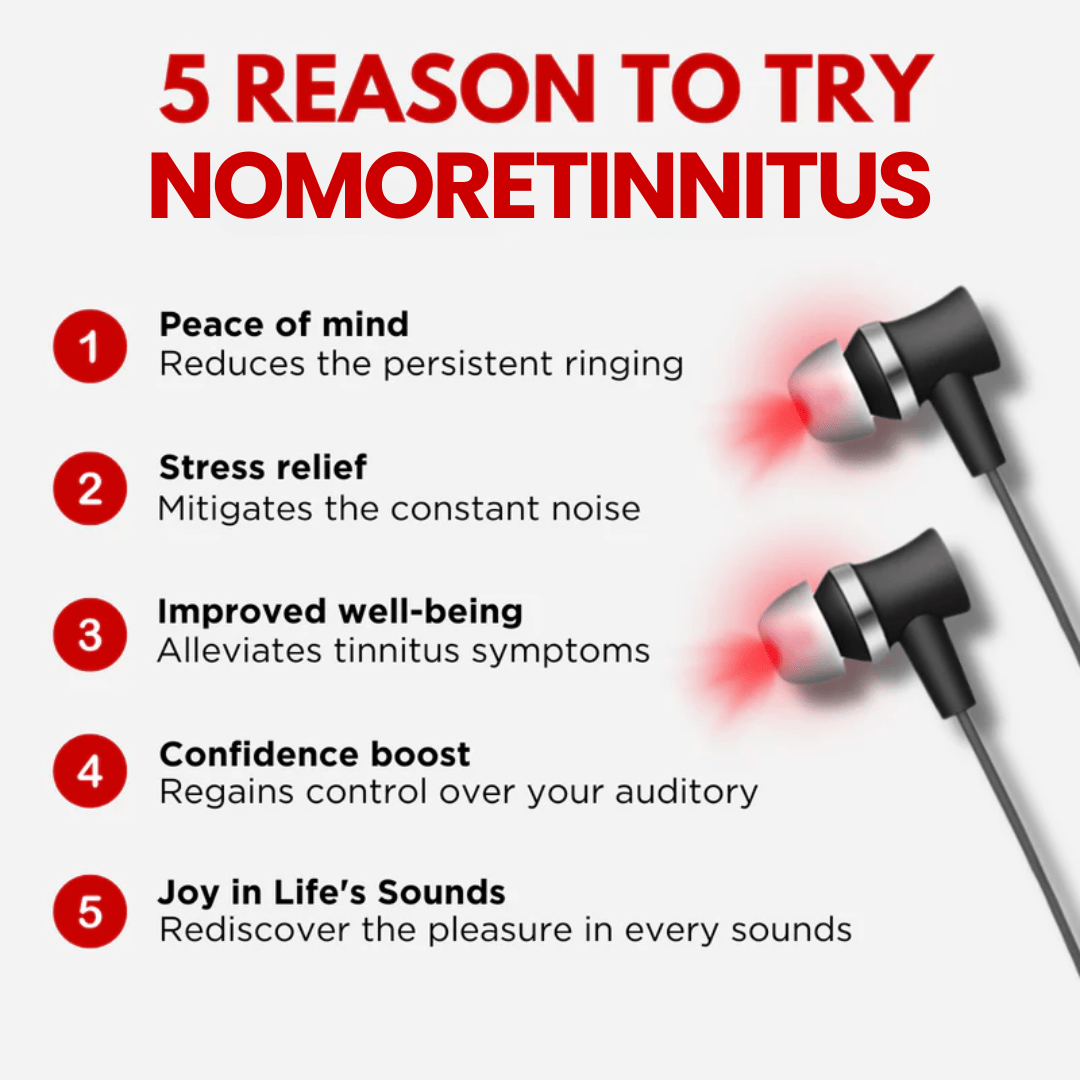
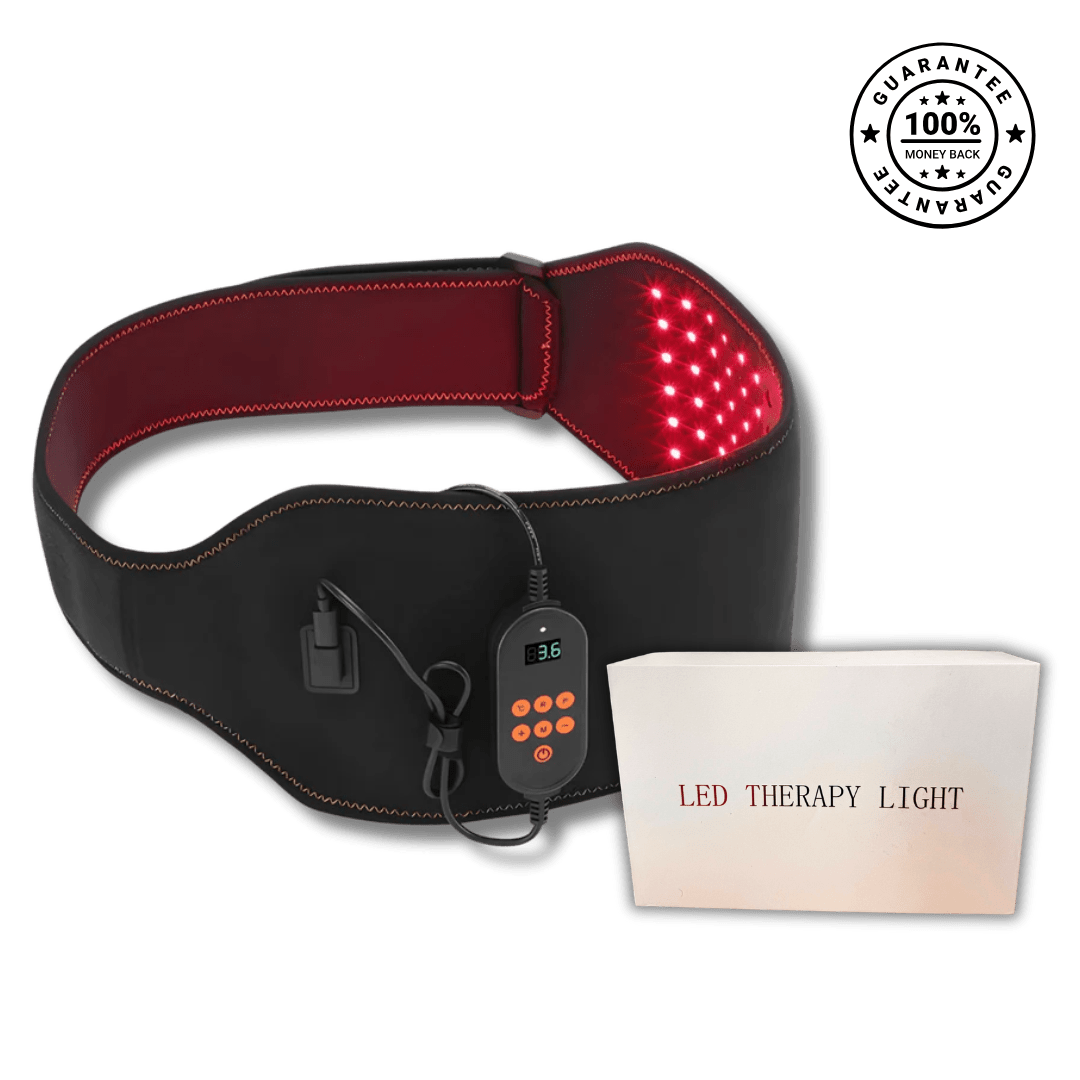



Leave a comment
All comments are moderated before being published.
This site is protected by hCaptcha and the hCaptcha Privacy Policy and Terms of Service apply.